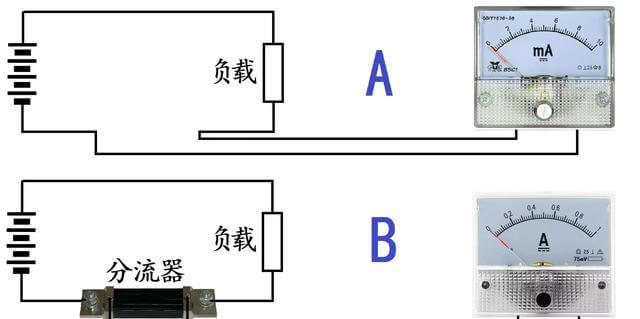What to do if the line length of the pointer ammeter is not accurate
What to do if the line length of the pointer ammeter is not accurate
The line length indication of the pointer ammeter is inaccurate, which should be caused by excessive line resistance.
Because the meter must be connected in series to the measured part when measuring the current, the internal resistance of the ammeter should be as small as possible, otherwise the intervention of the ammeter will change the original Circuit Working state distorts the measurement results. Since the questioner did not introduce the specific situation, we now provide two solutions for reference.
If the measured current is below 0.1A, the internal resistance of the pointer meter is difficult to achieve very low, so the length of the lead has little impact on the measurement results. For example, the internal resistance of a 10mA ammeter is 10Ω. Even if the meter is pulled away from 5 meters, if the 1mm² copper wire is used to add it back and forth, it is only 0.17Ω, and the meter with the 10Ω internal resistance can be ignored.

If the measured current exceeds 1A, a shunt can be used to solve the problem (as shown in Figure B). Now this kind of shunt has been standardized, and it is basically based on the current at a voltage drop of 75mⅤ. The ammeter that matches it is actually a 75mV voltmeter.
As for the full-level current value of the instrument, it is completely based on the specifications of the shunt. This means that the same watch head can be used as 1A or 100A. You can just change the dial according to the specifications of the shunt. Since the shunt resistance values are below 0 points, and the internal resistance of the meter head is between tens and hundreds of ohms, using thin wires more than ten meters long to connect the meter head will not affect the measurement results.






Leave a Reply
Want to join the discussion?Feel free to contribute!